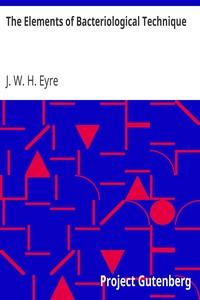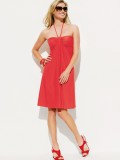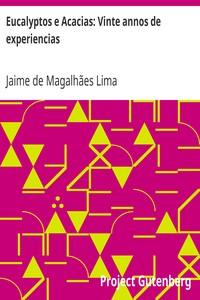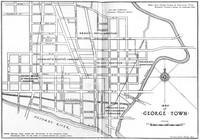Read this ebook for free! No credit card needed, absolutely nothing to pay.
Words: 48649 in 38 pages
This is an ebook sharing website. You can read the uploaded ebooks for free here. No credit cards needed, nothing to pay. If you want to own a digital copy of the ebook, or want to read offline with your favorite ebook-reader, then you can choose to buy and download the ebook.


: The Elements of Bacteriological Technique A Laboratory Guide for Medical Dental and Technical Students. Second Edition Rewritten and Enlarged. by Eyre J W H John William Henry - Bacteriology Technique Microbiology
the bottle in the vertical position .
The apparatus being arranged is lowered to the required depth, a sharp jerk is then given to the suspending cord, which detaches the rubber tube and so opens the two glass tubes. Water enters through the longer tube and the air is expelled through the shorter tube. The bubbles of air can be seen or heard rising through the water, until the bottle is nearly full, a small volume of compressed air remaining in the neck of the bottle.
As the apparatus is raised, the air thus imprisoned expands, and prevents the entry of more water from nearer the surface.
On reaching the laboratory, the method of examination consists in adding measured quantities of the water sample to several tubes of nutrient media previously liquefied by heat, pouring plate cultivations from each of these tubes, incubating at a suitable temperature, and finally counting the colonies which make their appearance on the plates.
Plate-levelling stand. Case of sterile plates. Case of sterile pipettes, 1 c.c. . Case of sterile pipettes, 10 c.c. . Case of sterile capsules, 25 c.c. capacity. Tubes of nutrient gelatine. Tubes of nutrient agar. Tubes of wort gelatine. One 250 c.c. flask of sterile distilled water. Tall cylinder containing 2 per cent. lysol solution. Bunsen burner. Grease pencil. Water-bath regulated at 42? C.
METHOD.--
In the final counting of each plate, place the plate over the counting disc, and centre it, if possible, making its periphery coincide with one or other of the concentric circles.
Remove the cover of the plate, and by means of a hand lens count the colonies appearing in each of the sectors in turn. Make a note of the number present in each.
If the colonies present are fewer than 500, the entire plate should be counted. If, however, they exceed this number, enumerate one-half, or one-quarter of the plate, or count a sector here and there, and from these figures estimate the number of colonies present on the entire plate. In practice it will be found that Pakes' disc is more suitable for the former class of plate; Jeffery's disc for the latter. It should be recollected however that unless the plates have been carefully leveled and the medium is of equal thickness all over it is useless to try and average from small areas--since where the medium is thick all the bacteria will develop, where the layer is a thin one, only a few bacteria will find sufficient pabulum for the production of visible colonies.
It will be noted that the quantities of water selected for addition to each set of tubes of nutrient media have been carefully chosen in order to yield workable results even when dealing with widely differing samples. Plates prepared in agar with 0.1 c.c. and in gelatin with 0.02 c.c. can be counted even when large numbers of bacteria are present in the sample; whereas if micro-organisms are relatively few, agar plate 4 and gelatine plate 1 will give the most reliable counts. Again the counts of the plates in a measure control each other; for example, the second and third plates of each gelatine series should together contain as many colonies as the first, and the second should contain about half as many more than the third and so on.
In the routine examination of water supplies it is customary to limit the qualitative examination to a search for
A. B. coli and its near allies.
Free books android app tbrJar TBR JAR Read Free books online gutenberg
More posts by @FreeBooks

: Principles of Political Economy Vol. 1 by Roscher Wilhelm Wolowski L Louis Contributor Lalor John J John Joseph Translator - Economics








